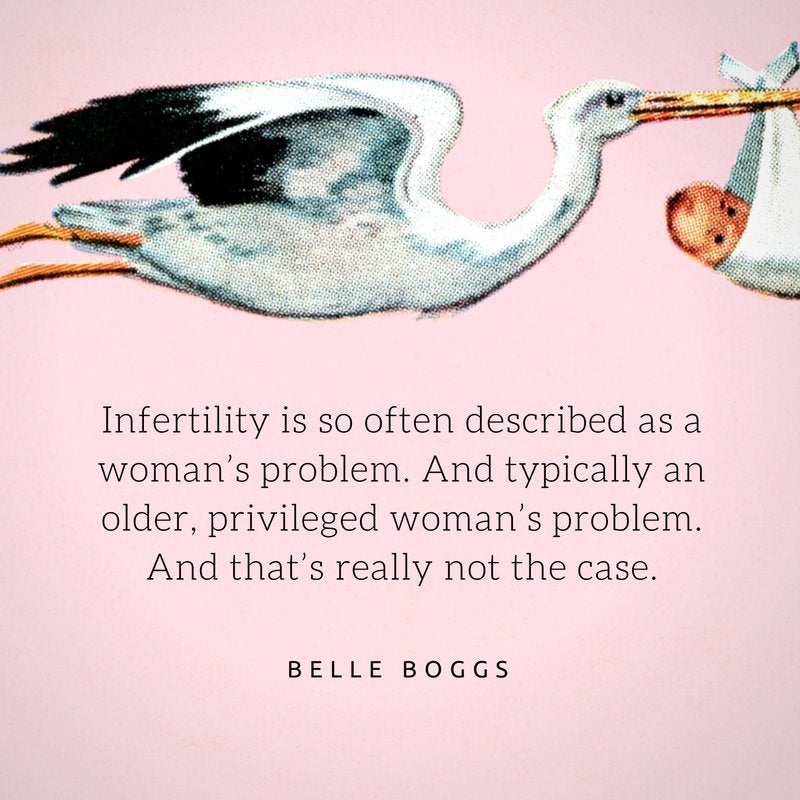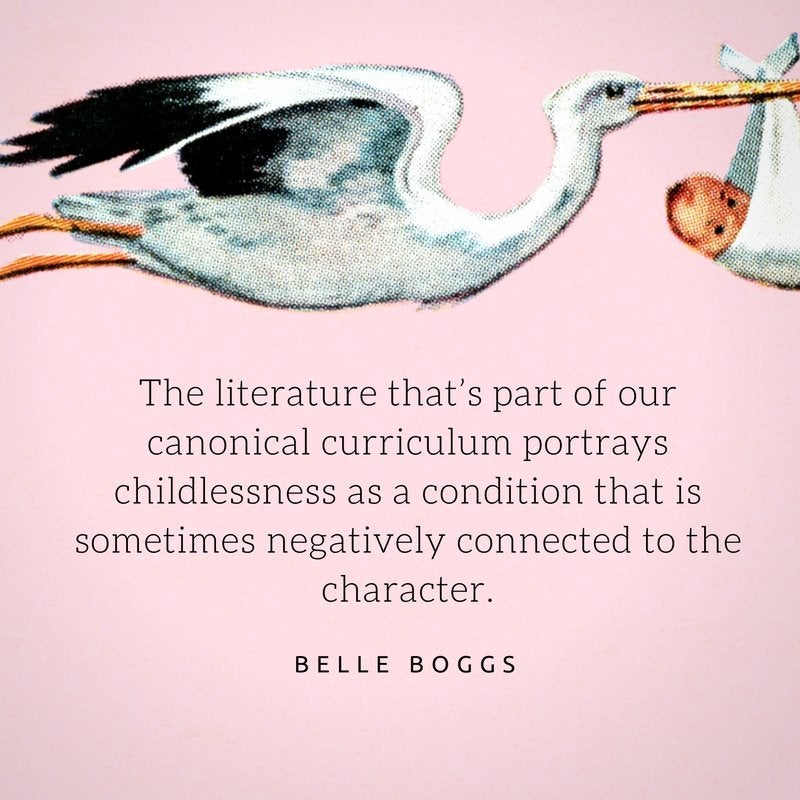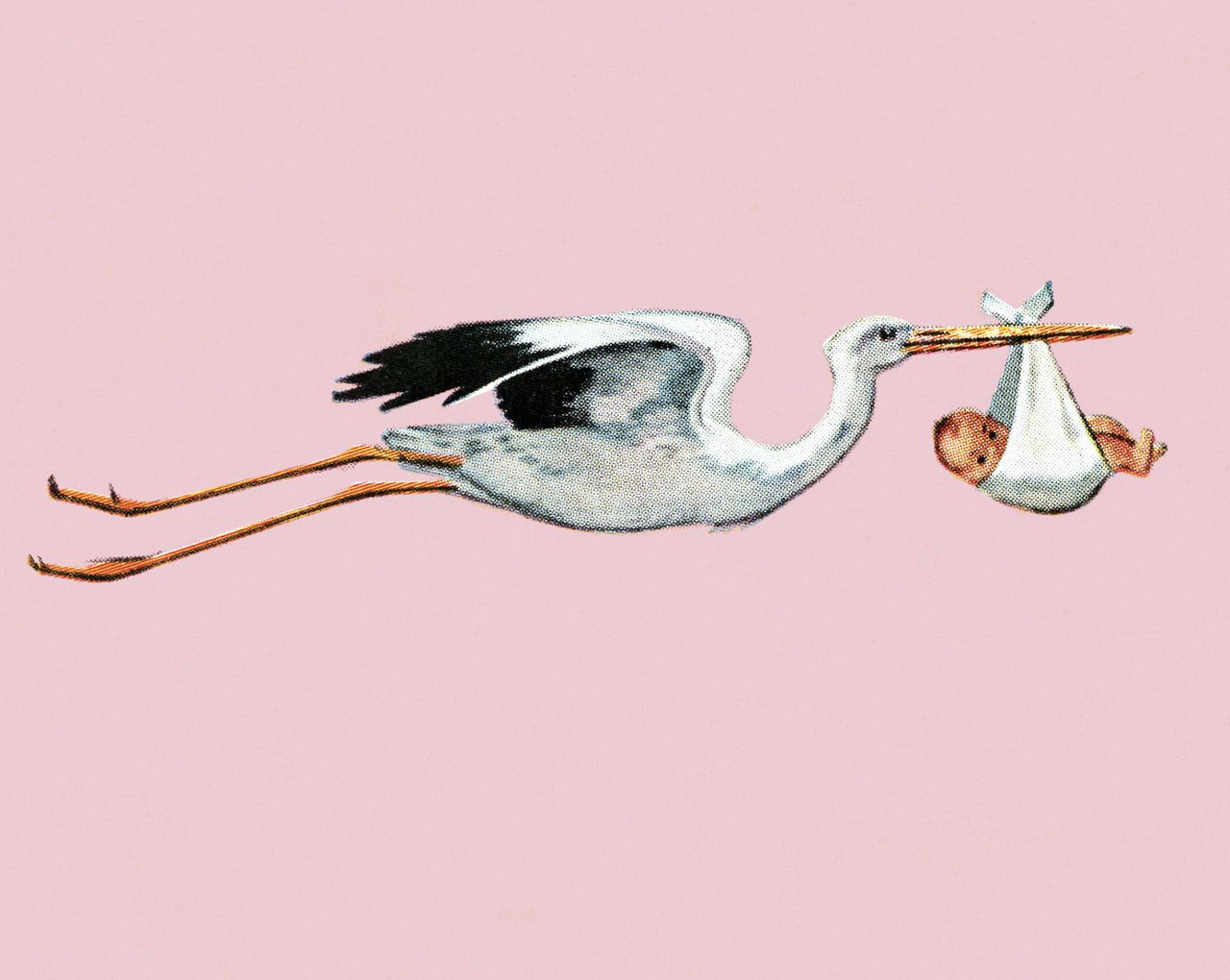When Belle Boggs, a writer and educator living and working in North Carolina, wrote her first short story collection, she included a character undergoing fertility treatment. This was before Boggs and her husband explored in vitro fertilization treatments themselves, so the character, to her, was a symbol of yearning and unfulfilled desires.
“Not only did I get some of the details of treatment wrong, but I also just ― I feel critical when I look back at the portrayal of that character,” Boggs said in an interview with The Huffington Post. “It bothered me when I looked back, the way I included IVF as this example of grasping at something. I was just interested in how I myself ― before I experienced any of these problems on my own ― had just integrated that narrative into my thinking.”
Now, with her book, The Art of Waiting, consisting of connected essays that are both personal and rigorously researched, Boggs hopes to undo some of the myths we uphold about childlessness, fertility treatments, and the desire ― fulfilled or unfulfilled ― to have a family.
The Art of Waiting explores negative portrayals of childless women and families in popular culture (as sinister, resentful). It manages also to delve deeply into the scientific and political processes of IVF, a treatment that’s much more accessible to some communities than it is to others. Boggs gracefully touches on her own brush with infertility, and by sharing stories of those in her support group, she shows that the experience of yearning for children is multifaceted, not so easily whittled down to a harsh stereotype.
Below, Boggs talks about problems of infertility treatment accessibility among LGBT and poor communities, and about individuals who’ve found happiness and meaning in spite of never having the children they once wanted.

What was one of the biggest myths you encountered while writing this book, and while undergoing IVF yourself?
I think there are so many myths and preconceptions and stereotypes that inform all of our thinking, whether we are experiencing infertility or planning to get pregnant, or planning a family in some other way, that it’s hard to just choose one.
I suppose the biggest myth would be the stereotype of the infertility patient. I was familiar with that stereotype from the media, from literature, from being a person in the world. Infertility is so often described as a woman’s problem, and typically an older, privileged woman’s problem. Women who put off having children until it was too late. And that’s really not the case. It’s just as likely to be a male problem as it a female problem. It’s also more likely to affect women with lower levels of education, it’s more likely to affect poorer women and men. That was something I thought about a lot as I researched this book.
I found it heartening that you refer to your and your husband’s infertility as “our” infertility, because it doesn’t place the blame on one individual.
It’s a medical condition that we both experience. And we both went to support group meetings. We both went to every doctor’s appointment. We both spent a great deal of time talking about it, thinking about it, planning how we would approach family-building.
But whenever treatment came up, it was my insurance card that had to be handed. It was my body that was being treated, and that’s just this structural inequality that exists when we think about fertility treatments.
Our finances are joint finances. I’m not trying to say I had to pay for it and he didn’t. But I think the expectation, in heterosexual couples, both being treated with IVF, it’s the woman who’s being treated with IVF, but it’s also very often a problem with sperm quality as it is a problem with egg quality, or a problem with the uterus.

What did you learn about the psychological impact of infertility on men? It’s not discussed as often as what the experience is like for women.
You’re right, it isn’t discussed as much. And to be honest with you, there were not as many men at the support group that I attended, as there were women. I haven’t spent as much time talking to men of reproductive age about [it]. And yet, it is something that does affect men, that affected my husband. One of the people I talked to in the book is Lois Lynch, who is not an infertile person, but a man who is in his 80s now who was sterilized by the state of North Carolina as part of the eugenics program.
Mr. Lynch was incredibly brave and incredibly open about what his inability to have children meant to him and his wife, and continued to mean to him into his 80s, the grandchildren he didn’t have to spend time with, to help him with things, to go and hear him play music at the VFW.
I don’t mean to compare my situation at all with Mr. Lynch’s situation. This is not a biological fact of his life, this is a crime that was committed against his body when he was a child. But I think I learned more from him ― not only his sorrow, but also the strength that he had, and the growth that he experienced in other areas of his life. He’s very close to his nephew. He’s very involved with music. He experienced post-traumatic growth after coming to terms with what had happened to him.
I’m interested in how not having children and infertility are portrayed both in literature and pop culture. You touch on that a little in your book, from “Macbeth” to “Raising Arizona.” What was the prevalent mood or takeaway from these representations?
Well, I was a high school teacher and a middle school teacher before that, and one of the things that I thought about was just how often the literature that’s part of our canonical curriculum portrays childlessness as a condition that is sometimes negatively connected to the character, saying something about the character.
I really, really love the play “Who’s Afraid of Virginia Woolf?” and I had this really powerful experience talking about the play with my students who were reading it. It was very interesting, the discussions we had before we saw the play and after we saw the play, about Martha. Her strength and power, her huge presence onstage.

You write about how infertility treatments can be harder to access for people of color and people in the LGBT community. Can you speak to that a little?
Well, an interesting story that was described to me by this amazing woman Candice, who advocates for better coverage of infertility and adoption expenses, told me that she began searching for a donor egg. Candice is African-American and her husband is Italian-American, and she had a very hard time finding a donor egg that would allow the baby that they might’ve conceived to look like a combination of her and her husband. She had a very hard time finding an African-American donor egg. She remembered describing to her support group, she was going to look for a donor egg for a person of color. And, she said that her support group ― she not only felt that all the advertising she saw was not aimed at her, but she even felt that her support group was very uncomfortable with her conundrum. In the end, she adopted a child and was very involved with the birth, and was able to be there for the birth, and has a very happy family-building story.
Studies also show that they need to do a much better job of advertising to everyone. They need to do a better job of making the details of how you access treatment available to people. It’s very hard to tell how much it costs, how you might pay for it. That information is hard to access. And if you don’t know anyone who has also accessed this kind of treatment, then how are you going to know how to access it yourself?
There was another study I describe in the book, about poor women who are experiencing infertility and find it very hard to get referrals to reproductive endocrinologists. The assumption was that they should be trying not to have children. They found themselves with a barrier to access.
Right. It’s even a matter of taking a bus to a more affluent neighborhood, and finding the time during your work day to do that.
If you live in a state with a harsh employment climate, like North Carolina, it’s not necessarily something that you want to share with your boss. Not only is the treatment time-consuming, but the end goal is something that is probably going to take you away from work for an extended period of time.
When I was first taking treatments, I didn’t tell my boss anything. I was teaching high school in a rural country, and I just arranged my day so that I could leave, get treatment, come back. My memories of that time were that it was very hard and very lonely.
